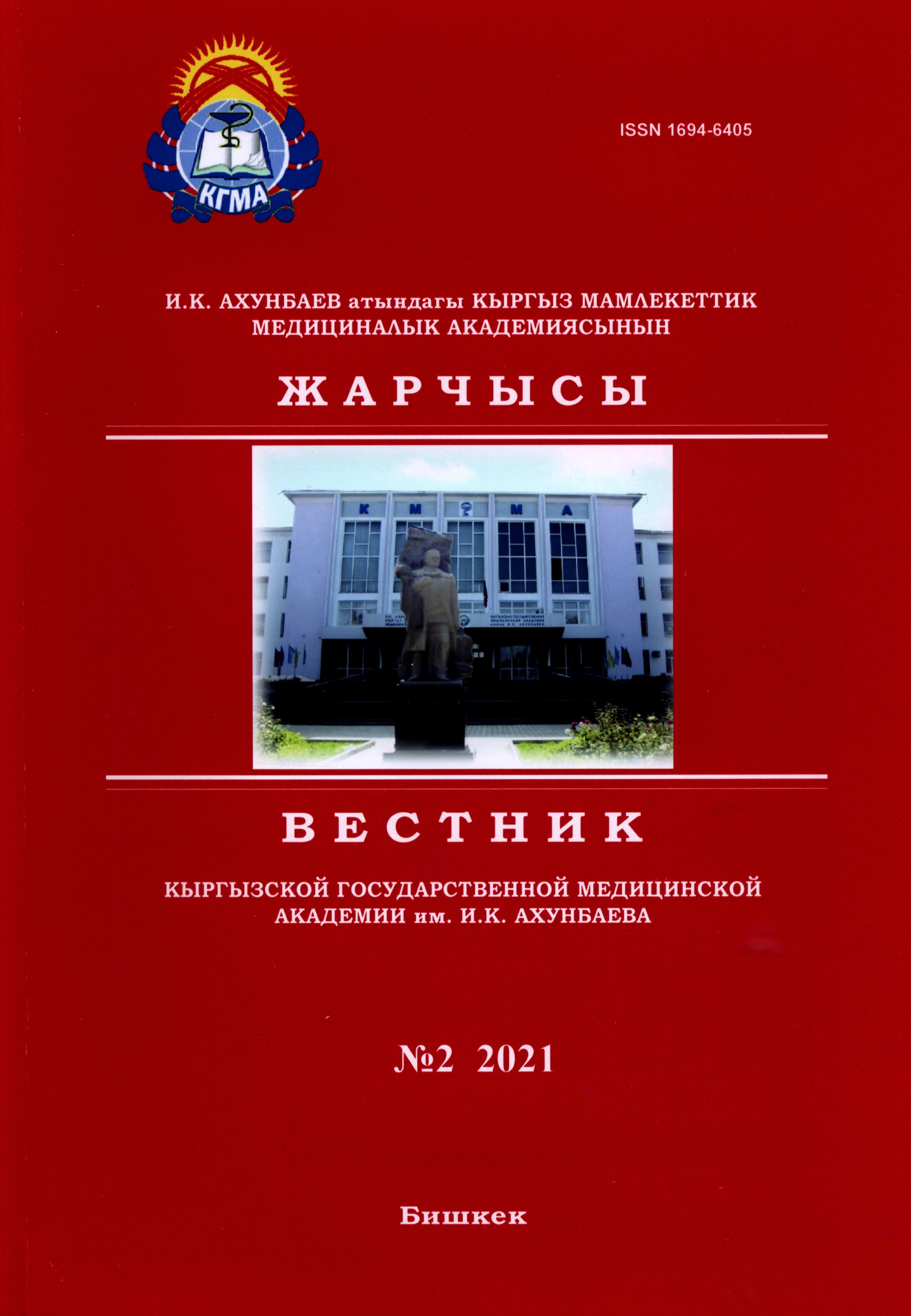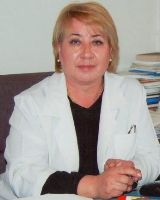EXPERIMENTAL ESTIMATION OF THE INFLUENCE OF CANAMYCIN, CEFTRIAXONE, CYPROFLOXACIN AND GENTAMICIN ON THE FORMATION OF THE ADHESION PROCESS IN THE ABDOMINAL CAVITY
Abstract
Summary. The process of adhesion formation is a polyetiological phenomenon with a complex pathogenesis. Adhesion and antiadhesive properties of the peritoneum are interrelated, and the predominance of one over the other is likely to have a fundamental effect on the severity of adhesions. It has been proven that the adhesion process is the result of a disruption of the normal course of inflammatory and reparative processes, as evidenced by local resistance factors (phagocytic activity of neutrophils, macrophages, cytokines, and others). The basis of the pathogenesis of the adhesive process is the organization of the tissues of the fibrin matrix formed after intraperitoneal exudation of free fibrin, the active phase of which begins as early as 12 hours after injury of the peritoneum. The basis of the pathogenesis of adhesions after operations on the abdominal organs is considered to be the germination of connective tissue fibers and, subsequently, vessels and nerves that have fallen out of the peritoneal effusion of fibrin, which "joins" the serous cover of the organs. In the course of the study, we conducted a randomized controlled study to experimentally evaluate the effect of antibacterial agents on the formation of adhesions in the abdominal cavity. In a parallel randomized study, the results of the effect of various antibacterial agents on the formation of adhesions in the abdominal cavity are presented. An experimental study was carried out on 80 outbred rats. The antibiotics Kanamycin, Ceftriaxone, Gentamycin, Ciprofloxacin were used in four experimental groups.
Keywords:
adhesive disease of the abdominal cavity, sanitation of the abdominal cavity, adhesion process, Kanamycin, Ceftriaxone, Gentamicin, Ciprofloxacin.References
1. Китаев А.В., Айрапетян А.Т., Турлай Д.М. Спаечная болезнь брюшины в эксперименте. Профилактика и лечение / Китаев А.В., Айрапетян А.Т., Турлай Д.М. // Колопроктология. 2016. № S1 (55). С. 118a.
2. Сопуев А.А., Ормонов М.К., Кудаяров Э.Э., Мамбетов А.К., Ибраев Д.Ш., Джайнаков А.Ж. Некоторые современные представления о послеоперационном спаечном процессе в брюшной полости // "Научное обозрение. Медицинские науки" - № 3. – 2020. - С. 21-28. DOI10.17513/srms.1110. - URL: https://science-medicine.ru/ru/ article/view?id=1110 (дата обращения: 27.06.2020).
3. Сопуев А.А., Маматов Н.Н., Ормонов М.К., Эрнисова М.Э., Кудаяров Э.Э., Бауров А.Б. Этиология и патогенез спаечного процесса брюшной полости (Обзор литературы) // Вестник КГМА им. И.К. Ахунбаева. - 2020. - №3. - С. 37-45.
4. Сотникова Е.С., Бритиков В.Н., Андреев А.А. Модель спаечной болезни брюшной полости / Е.С. Сотникова, В.Н. Бритиков, А.А. Андреев // Молодежный инновационный вестник. -2017. -Т. 6. №2. -С. 9-10.
6. Welle NJ, Sajjad H, Maryam A, Burns B. Bowel adhesions / Welle NJ, Sajjad H, Maryam A, Burns B // 2020 Nov 16. In: StatPearls [Internet]. Treasure Island (FL): StatPearls.
7. Tabibian N, Swehli E, Boyd A, Umbreen A, Tabibian JH. Abdominal adhesions: A practical review of an often overlooked entity [text] / Tabibian N, Swehli E, Boyd A, Umbreen A, Tabibian JH. // Ann Med Surg (Lond). 2017 Jan 31;15:9-13. doi:10.1016/j.amsu.2017.01.021. eCollection 2017 Mar.
8. Okabayashi K, Ashrafian H, Zacharakis E, Hasegawa H, Kitagawa Y, Athanasiou T, Darzi A. Adhesions after abdominal surgery: a systematic review of the incidence, distribution and severity [text] / Okabayashi K, Ashrafian H, Zacharakis E, Hasegawa H, Kitagawa Y, Athanasiou T, Darzi A. // Surg Today. 2014 Mar;44(3):405-20. doi: 10.1007/s00595-013-0591-8. Epub 2013 May 9.



